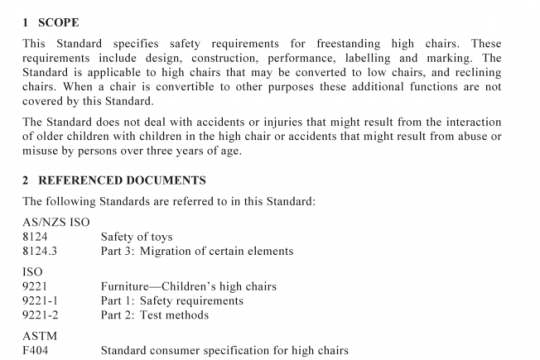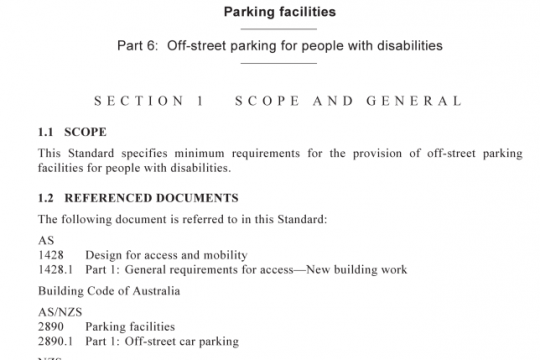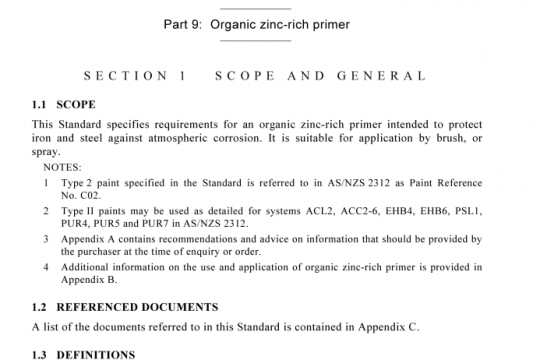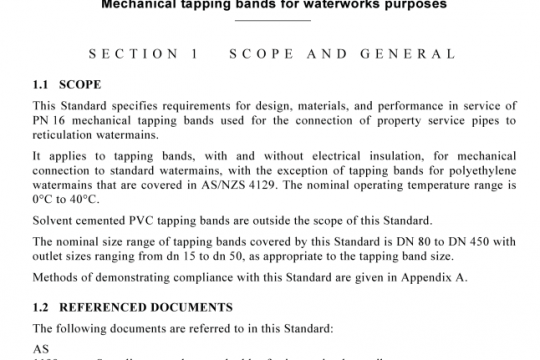AS 2542.2.4:2014 pdf free
AS 2542.2.4:2014 pdf free.Sensory analysis Part 2.4: Methodology – Duo-trio test
Code the vessels containing the samples in a uniform manner, preferably using three-digit numbers,chosen at random for each test. Each triad is composed of three samples, one labelled as the reference and two labelled with different codes. Preferably, different codes should be used for each assessor during a session. However, the same two codes may be used for all assessors within a test, provided that each code is used only once per assessor during a test session (e.g., if several duo-trio tests on different products are being conducted in the same session).
The quantity or volume served shall be identical for the three samples in each triad, just as that of all the other samples in a series of tests on a given type of product. The quantity or volume to be evaluated may be imposed. If it is not, the assessors should be told to take quantities or volumes that are always similar whatever the sample.
The temperature of the three samples in each triad shall be identical, just as that of all the other samples in a series of tests on a given type of product. It is preferable to present the samples at the temperature at which the product is generally consumed.
Choose the number of assessors so as to obtain the sensitivity required for the test (see discussion in A.3).
Using large numbers of assessors increases the likelihood of detecting small differences between the products. However, in practice, the number of assessors often is determined by material conditions (e.g.duration of the experiment, number of available assessors, quantity of product). When testing for a difference,typical numbers of assessors are between 32 and 36. When testing for no meaningful difference (i.e.similarity), twice as many assessors (i.e. approximately 72) are needed for equivalent sensitivity.AS 2542.2.4 pdf free download.




